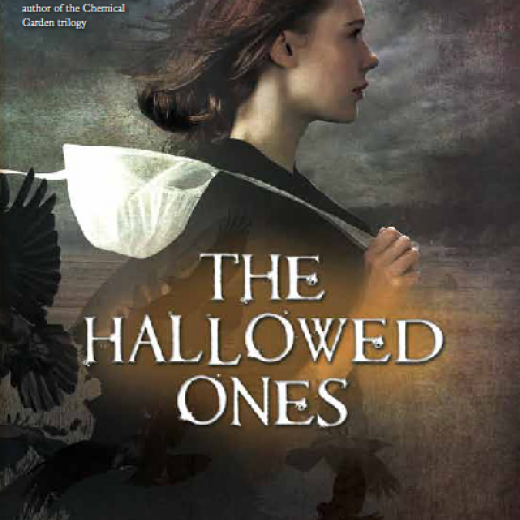Getting Intimate with Your Characters by Kay Keppler
 Let’s welcome back monthly columnist, editor, and novelist, Kay Keppler, as she shares with us “Getting Intimate with Your Characters by Kay Keppler.” Enjoy!
Let’s welcome back monthly columnist, editor, and novelist, Kay Keppler, as she shares with us “Getting Intimate with Your Characters by Kay Keppler.” Enjoy!
***
A famous author once said that every book should contain a love story. Now, that author might not have thought that the love story needed a sex scene, but many novelists writing in every genre do include sex scenes in their books. And there’s a problem with that.
Readers don’t usually like them.
Readers often say that that they skip those scenes, not because they’re squeamish or puritanical about sex. They skip the sex scenes because they’re boring. Nothing changes in the plot or character development. Nothing happens.
But sex doesn’t have to be like that.
Get Your Groove On
Let’s face it: in real life, sex does not always necessarily move the earth or have profound implications. But fiction has to be better than real life. You wouldn’t write a scene where the protagonist goes for a haircut and then goes home. Something has to happen along the way. Something has to change.
Your sex scenes must do the same. Whatever happens between those two (or more) people must change themselves or change the action.
Want, Need, and Fear
You’ve heard of goal, motivation, and conflict for developing the structure of your novel. To create your characters’ emotions, try thinking in terms of what they want, need, and fear.
- The Want is immediate, concrete, and urgent. It’s something the character pursues to cope with the Fear.
- The Fear is something universal. However, because the Want doesn’t actually address the Fear, getting the Want is a temporary solution.
- The Need is the character’s higher self. Initially the character isn’t even aware of the Need because it’s buried, smothered by Fear. Yet the Need must be embraced to move past Fear and grow.
There’s your character arc!
The Couple’s Dilemma
So how does this work? Here’s a simple example. Let’s say you’re writing a story that features a woman who thinks she’s overweight. Her Want could be to lose thirty pounds. Her Fear is that if she doesn’t lose weight, she’ll be forever unloved and lonely. Her Need is to accept herself for who she is.
So if you want to inject some conflict in your sex scene, choose a hero who likes our heroine just the way she is. Maybe the hero wants to make love with the lights on because he wants to see her. However your heroine, acting from her Fear, insists on darkness, because light makes her feel awkward and unattractive.
So, even if they sex, there’s both external and internal tension. Resolving everyone’s Wants, Needs, and Fears—in sex scenes as well as action scenes—can arc through the entire book.
Or perhaps your hero prefers (Wants) to work alone on the project, because he believes (Fears) that his teammates aren’t good enough to contribute anything meaningful—or perhaps they’ll be too good and will make him look bad. For the success of the project, he Needs to learn the give and take of teamwork. Those same characteristics will follow him into the bedroom.
Make It Count
Challenge yourself to make the sex scene matter, not only to the characters but to the plot. Interweave the emotions that the characters feel with the sex act itself. Your characters shouldn’t come out of any sex scene the same person as they were going in. The change can be subtle, but it should be there.
Your sex scenes are an opportunity to explore your characters at their most vulnerable. Use them as you would any other scene to advance your plot and character development. If you do, your readers will thank you for keeping them entertained—and they won’t skip those pages to get to the end.
***
ABOUT THE AUTHOR
Kay Keppler is an author Zero Gravity Outcasts, Betting on Hope, Gargoyle: Three Enchanting Romance Novellas, and editor of fiction and nonfiction –Angel’s Kiss and Outsource It!
is an author Zero Gravity Outcasts, Betting on Hope, Gargoyle: Three Enchanting Romance Novellas, and editor of fiction and nonfiction –Angel’s Kiss and Outsource It!
She lives in northern California. Contact her here at Writer’s Fun Zone in the comments below, or at kaykeppler@yahoo.com to ask questions, suggest topics, or if you prefer, complain.







Hi Kay: I found this to be an interesting and enlightening article; at some point, I would like to write love (intimate, sex) scenes for my Characters.
Hi Mary,
Don’t be afraid to write those intimate scenes! I won’t kid you–they can be difficult. But if you remember that an intimate scene, like any other, must move the plot or develop character, it can add a huge emotional component to your story. And readers love that. Good luck!
Thanks for taking time to respond. Great advice.
I’m pleased if I could help. I look forward to reading your stimulating scenes!
Love the article! Have my first novel (non–fiction to date) in the planning stage and you gave me a great idea for an intimate scene, considering the factors at play. Wondering where to set the line between implied and explicit. I am not writing erotica, but if I’m writing a sex scene I’d like not to disappoint, while getting that the keys are emotional, tension, interplay. Any suggestions?
Hi Ross,
That fine line that you describe between implied and explicit is an important one to locate for you, your book, and your readers. In part, how explicit you make your scene (or not) showcases your voice and style as a writer. If you write in a light style and conversational voice, have your sex scene follow suit. If you’re normally heavy on atmosphere and strong on details, ditto. But if your intimate scene sounds forced and strained, unlike your usual style because you’re uncomfortable writing sex, your readers will notice.
The demands of the characters that you’ve created and the plot you’ve developed might require that you go beyond your comfort zone. If your heroine is a free spirit, adventurous, and willing to go all out for what she wants, you might find that an intimate scene needs to veer toward the explicit. If that makes you uneasy, see if you can dig deeper into her goals and motivations to find a way to show what she’s capable of.
Always remember, though, that your readers are not there for a scene that tells them that Tab A fits into Slot B. They know that. What they’re there for is to feel what the characters feel–their joys and their pain–and know their triumphs and failures. So be sure to let their confidence or insecurity (or both!) show in that intimate scene. They’re literally naked before the world. Use that exposure to reveal them more intimately to your readers.
Good luck!
Thanks, Ross, for the kind words. I’m glad if you found the article interesting.
Thanks, Kay, for showing a reason to include sex scenes. I detest gratuitous sex, whether in books, television series, or movies. I’m not a Puritan, but when the sex is placed on display for no discernible purpose, I have to question the motivation of the writers.